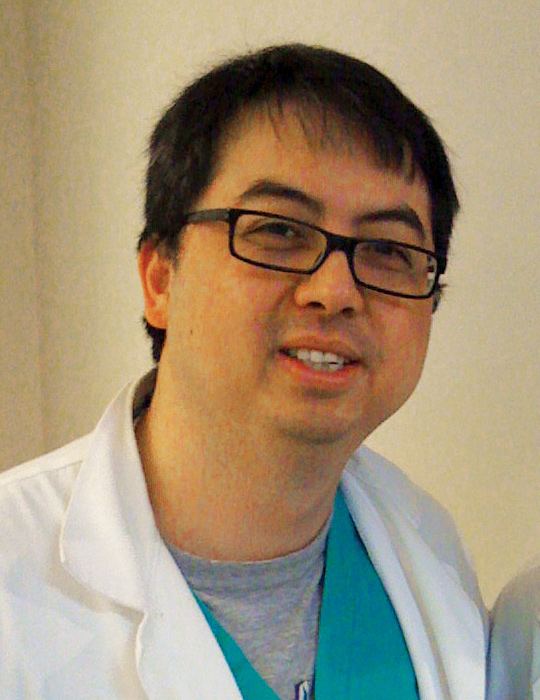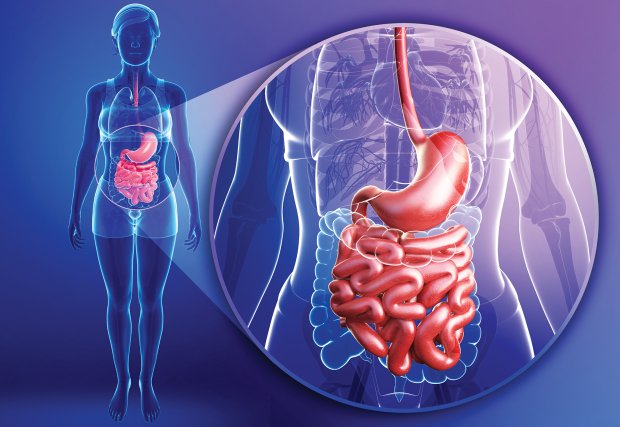 If you have been diagnosed with chronic reflux or GERD, there is a new device available that can be an alternative to long-term use of reflux medications and their possible side effects. Here, General Surgeon Benjamin Leong, MD, shares information about an advanced anti-reflux device that may help.
If you have been diagnosed with chronic reflux or GERD, there is a new device available that can be an alternative to long-term use of reflux medications and their possible side effects. Here, General Surgeon Benjamin Leong, MD, shares information about an advanced anti-reflux device that may help.
Q: What is the LINX and how does it work?
The LINX is a strip of magnets that is placed in the lower esophagus and prevents stomach acid from backing up into the esophagus. Patients with GERD may have a combination of a hiatal hernia and a weak gastroesophageal sphincter. Fixing the hiatal hernia along with placing a LINX device in the lower esophagus recreates the valve between the esophagus and the stomach.
Q: What are the benefits of the LINX?
The traditional procedure to repair a hernia and address GERD is known as a Nissen fundoplication and works well for the majority of patients. However, there is a 20-40 percent GERD recurrence rate in five years, and it prevents burping or vomiting. But with the LINX, it is more durable than traditional surgery and patients have the ability to burp and vomit. A great percentage of the patients are still problem-free after five years.
Q: What is involved in the procedure?
The LINX is about the size of a quarter and is inserted using a minimally invasive laparoscopic procedure. It can be done on an outpatient basis, with a typical recovery time of a few days. No stomach alteration is needed and patients can resume a normal diet right away. This allows the esophageal muscles to acclimate to the LINX. An added bonus is that reflux medications may no longer be needed.
Q: What criteria needs to be met to have the procedure?
The patient needs to have a normal functioning esophagus with proven acid reflux on pH probe studies. The esophagus and amount and quality of the reflux is also evaluated. However, the LINX is not a good option for patients who have difficulty swallowing or any other esophageal dysfunction.

